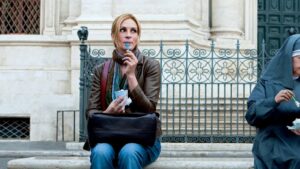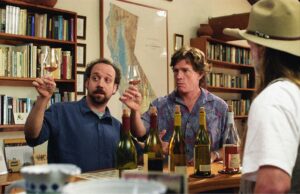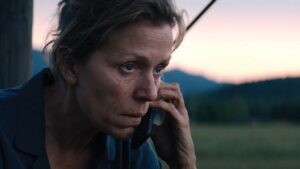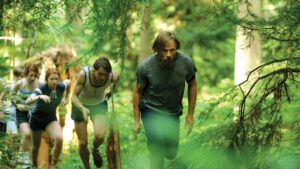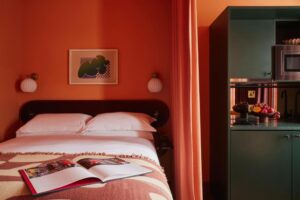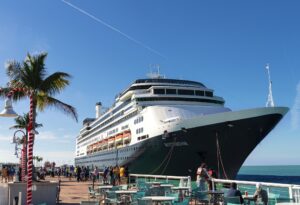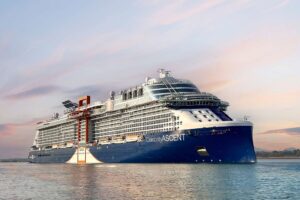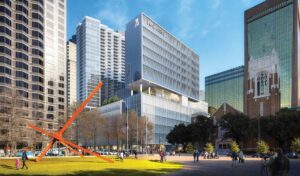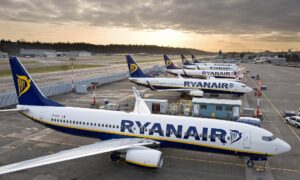Quebec City takes you back in time to a land that even France cant compete with
24th February 2021
7 min. read
2354
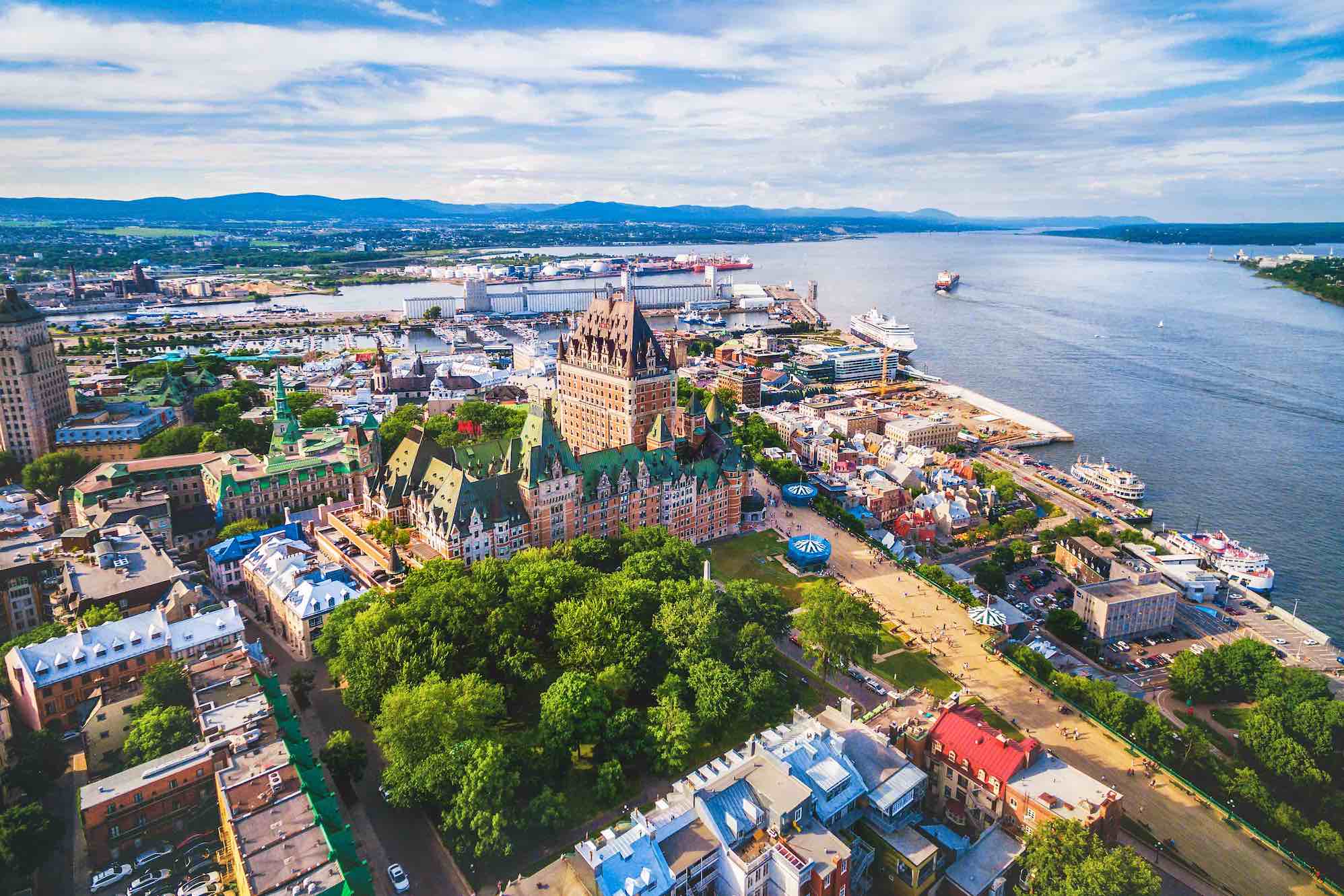
Montreal might be the largest French city in North America, but Quebec City, Québec in French, is the most ancient and charming. Much of the Old City architecture goes back to the 17th Century when French settlers, aristocrats, and Catholic religious orders settled New France. In 1759, during the Seven Years War, Britain and France met in battle at the Plains of Abraham, just outside Quebec City: one of those turning-points of world history. General Wolfe overcame the French general Montcalm’s defensive forces and won the bottleneck of Quebec – allowing the British to control Lower Canada by the following year. Both generals died in the battle, so never knew of its consequences. The new British settlers brought their colonial and Anglican architecture with them. Victorian neo-gothic followed in the 19th Century, and the years after World War Two saw a modernist drive. Quebec City’s latest buildings are contemporary, built sensitively to fit the historical and natural area.
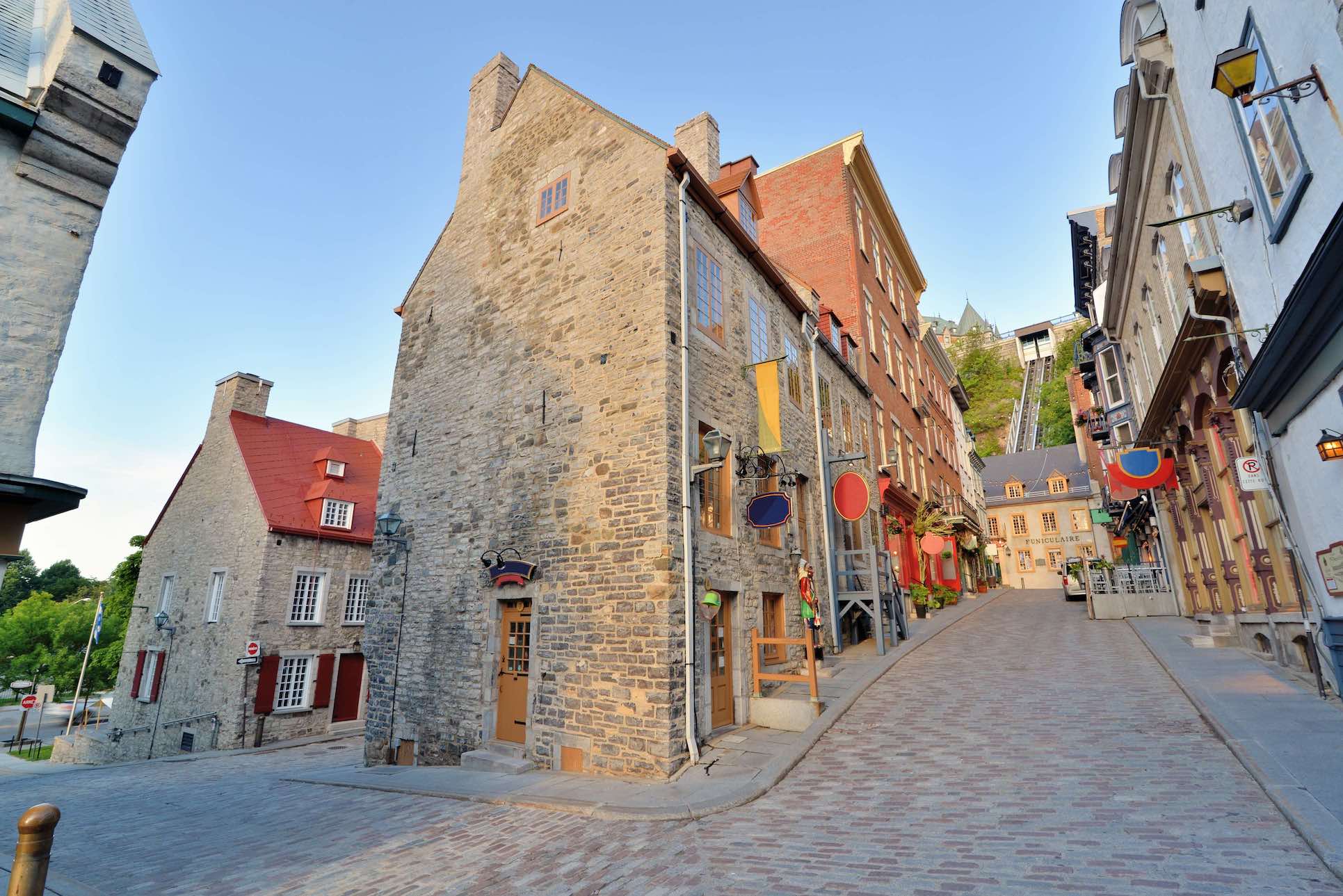
A walking tour around Old Quebec (Vieux-Québec)
Before you start marking off your to-do list, take time to discover the Old City on foot. Unless you’re visiting in the deep of winter, when you’ll be going for the annual snow festival, le Carnaval de Québec, Quebec City is easy to walk, or cycle and the bus connections are good. The Old City of Quebec, a UNESCO World Heritage Site, is the only walled city north of Mexico.
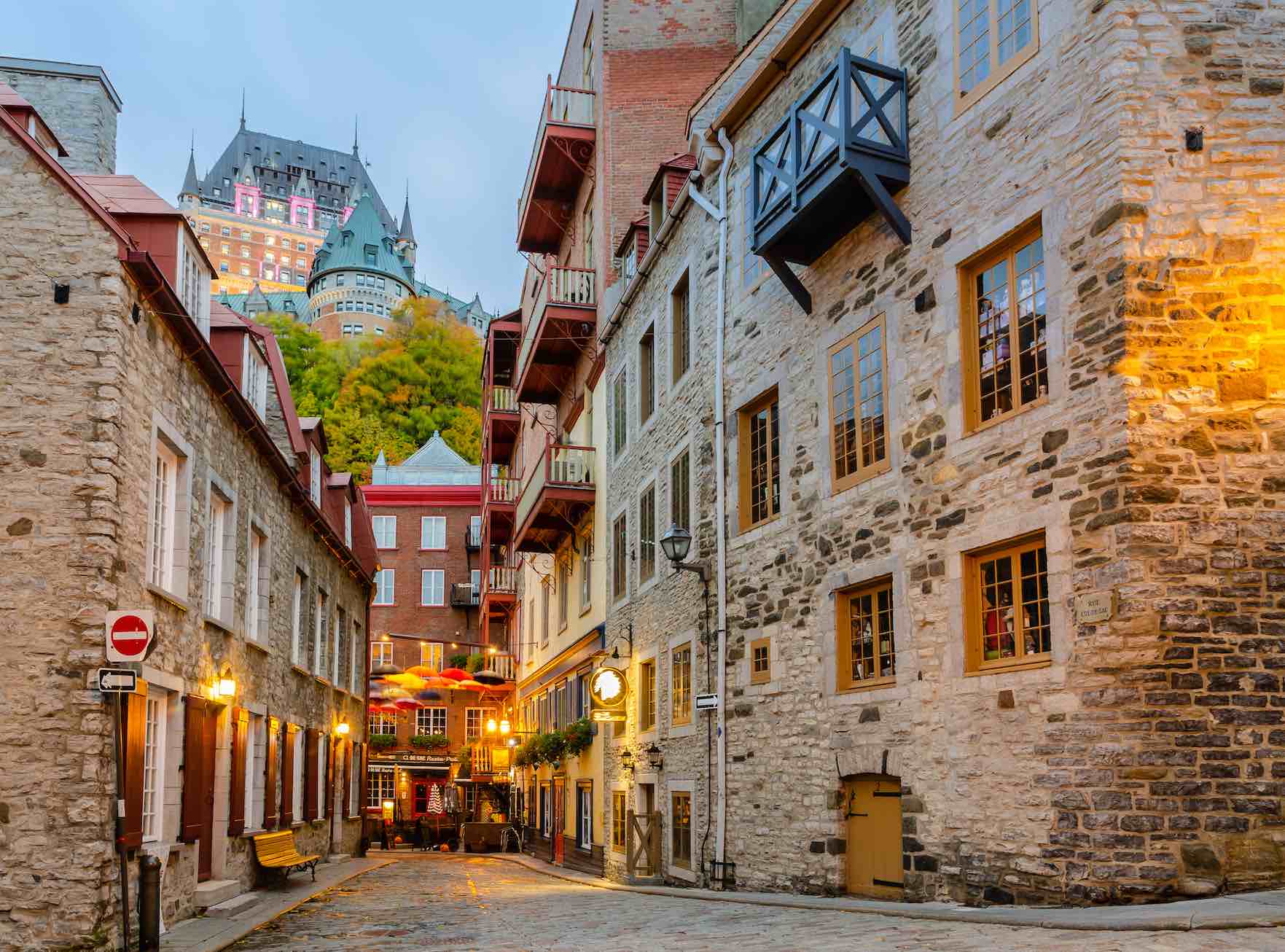
At Terrace Dufferin, you have a panoramic view of the city, the ruined forts and chateaux built by French settlers, and the sweep of the St Lawrence River. After strolling along its boardwalk and mingling with locals, visitors, and street performers, you can set off to visit the rest of Ville-Haute, the Old Upper Town, built on the Cap Diamant cliffs, above the St Lawrence River and containing most of Quebec City’s ancient civic, religious, and military monuments.
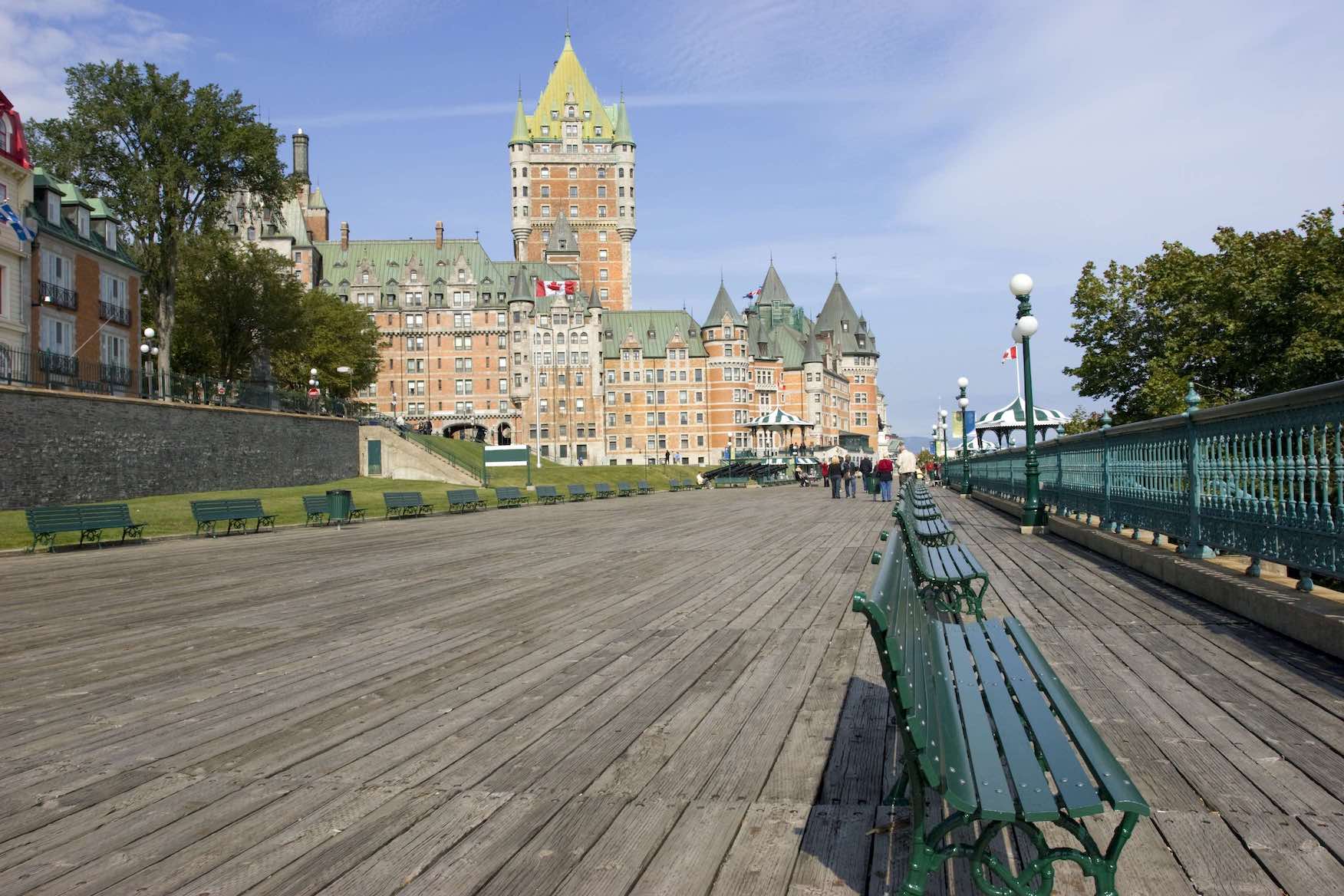
You’ll encounter some beautiful 17th Century religious buildings, including the basilica-cathedral Notre-Dame de Québec, the convent of the Ursulines, and the Augustinian convent, whose nuns built the first hospital in Quebec. The Augustinian convent now houses a boutique hotel and restaurant in the 18th-century refectory.

Citadelle
From there, make your way to the Citadelle, still a military fort and royal residence, which overlooks old Quebec City and beyond. The British colonial authorities built it on the ruins of a French fortification. It was one of the 1943 Quebec Conference venues between Churchill, FDR, and Prime Minister MacKenzie King. It now houses the only fully French-speaking regiment of the Canadian Armed Forces, the Royal 22e Régiment. The guard changes at 10 am every day, and every Saturday, it beats the retreat at 6 pm. There are guided tours around the Citadelle, and panoramic views from the King’s Bastion.
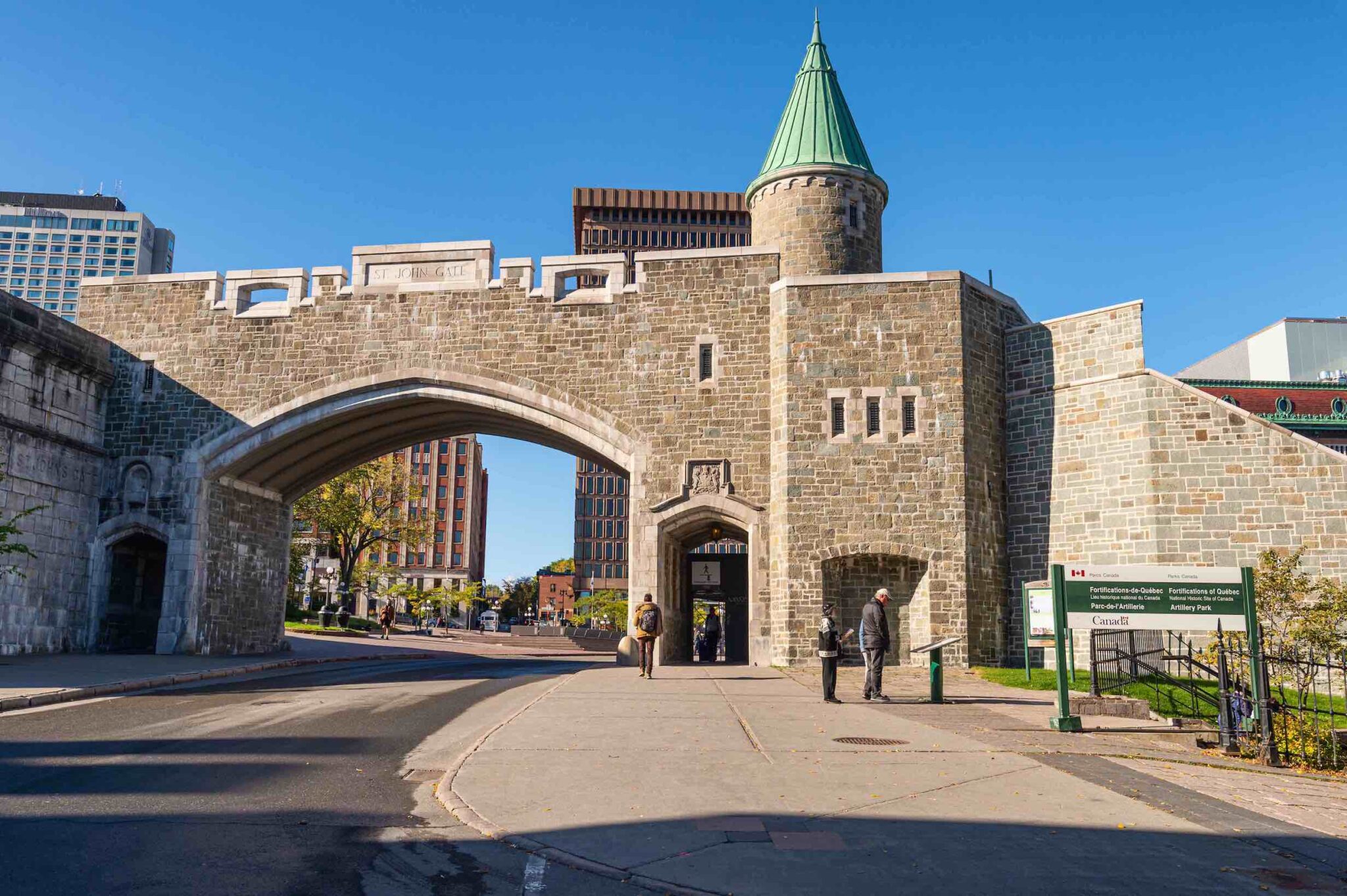
Shopping
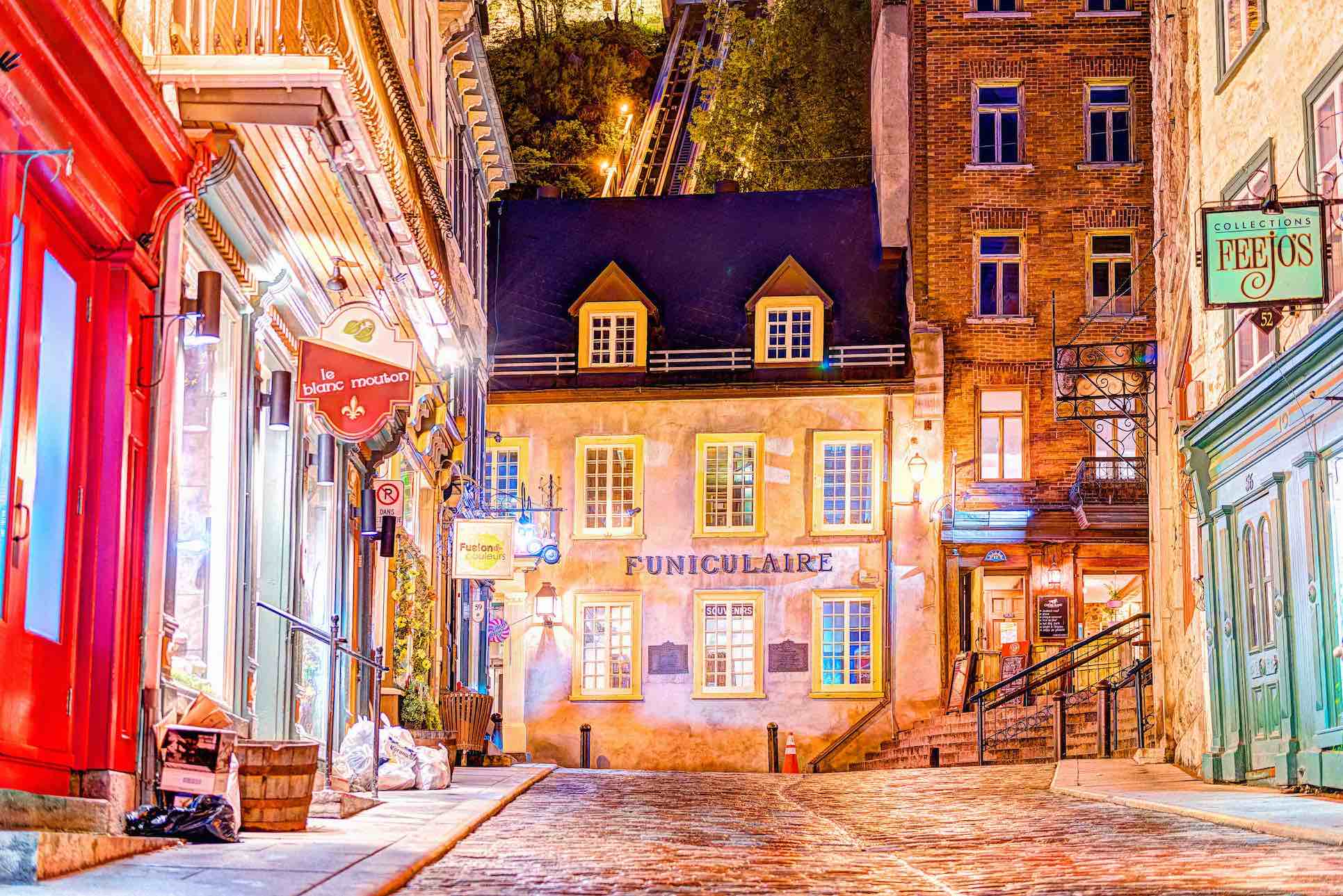
For shopping, you’ll find a variety of boutiques on the rues Saint-Jean, Sainte-Anne and De Buade. And after all that walking, you’ll be ready for a drink: where else to sip, see and be seen than the spectacular Château Frontenac? It’s not a castle but a late 19th Century grand hotel, with a historical pedigree of its own, having housed Churchill and FDR in 1943.
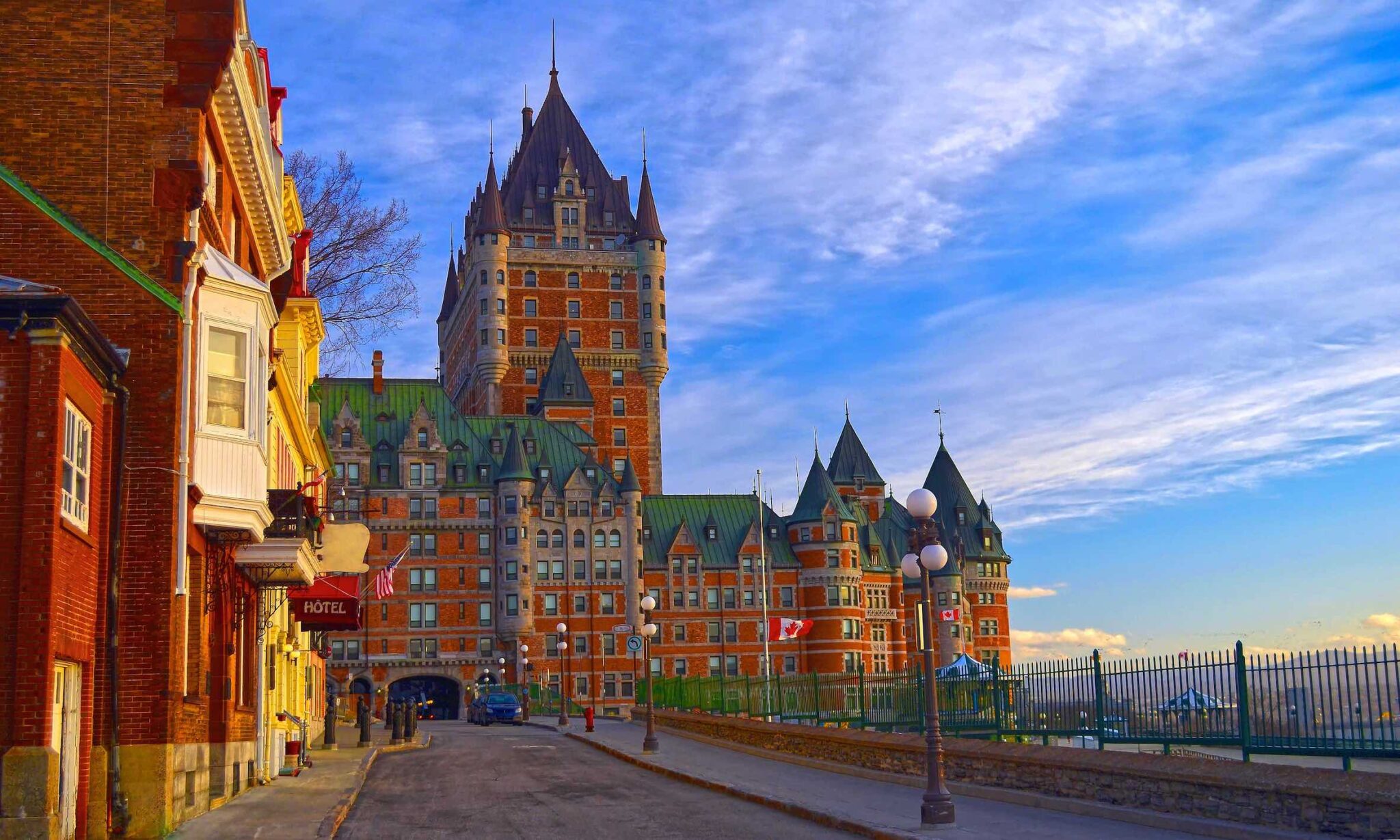
Lower town
Once refreshed, walk down to the timbered buildings and balconies of Basse-Ville, Old Lower Town. The domestic architecture is unique: few houses of that type remain in France itself. Cafes, bars restaurants, live music venues, museums and private dwellings have made a home for themselves in the maze of narrow lanes. Don’t miss the Old Port, nor the Musée de la Civilisation, a stunning interactive tribute to the many peoples of Québec, from the oldest Aboriginal civilisations to modern-day multicultural Québecois. And after all that education, enjoy a boat ride on the St Lawrence!
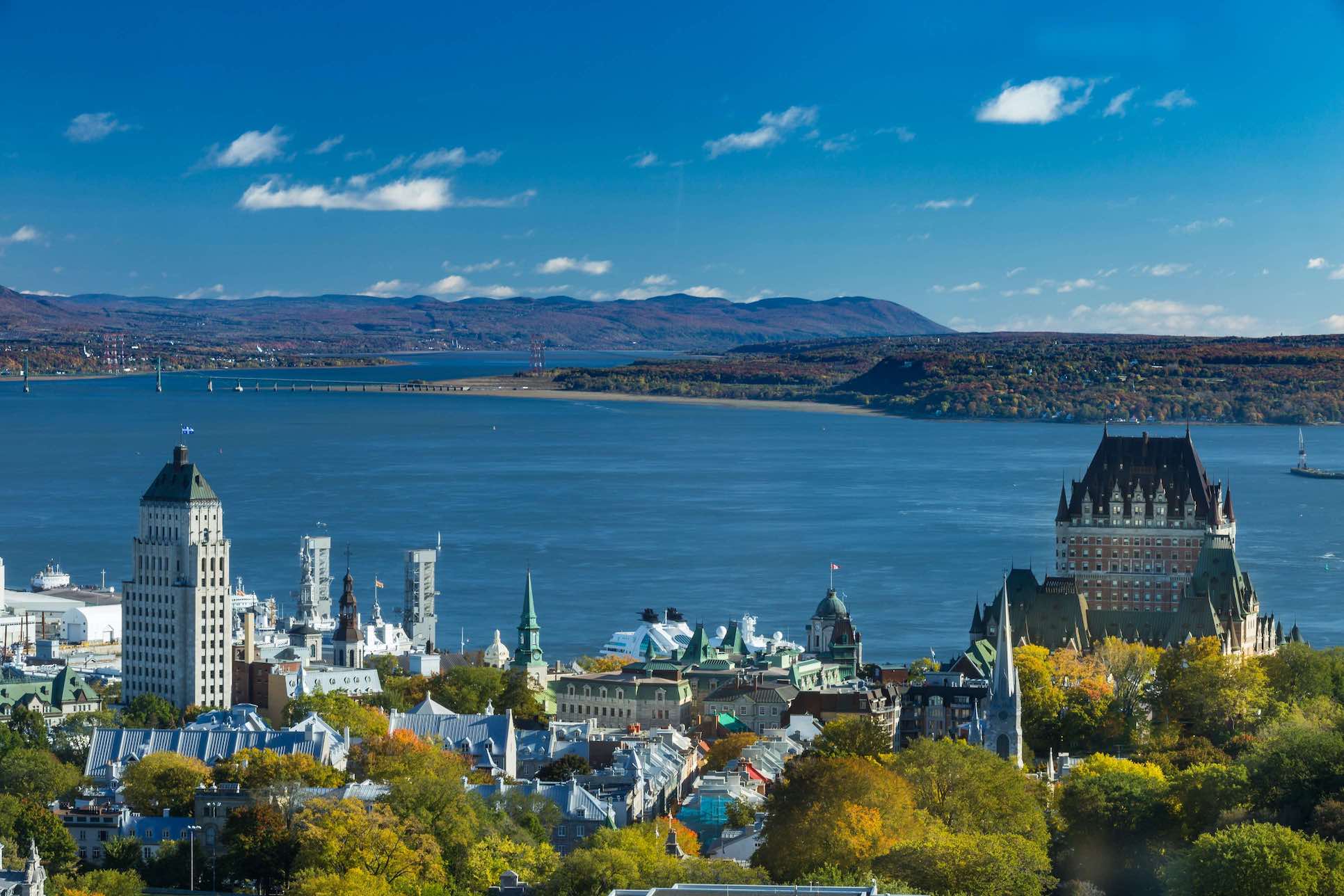
At the foot of Cap Diamant is an area known as Quartier Petit-Champlain. Museums, galleries, shops, street-side cafes, restaurants, and a theatre line the interlacing streets and the rue Petit-Champlain that gave its name to the area. Return to Ville-Haute by the funicular that joins Petit-Champlain to the Dufferin Terrace.
Beyond the Vieux Québec: a few suggestions
While in Quebec City, head over to the Plains of Abraham, enclosed in Battlefields Park. While historical, the park also offers many recreational activities, such as bicycling and ice skating. Quebeckers get emotional when talking about their famous battlefield: it’s where they lost the colony of New France and where their national identity as Québécois began to develop. If you’re visiting during the Fête Nationale du Québec, large festivities take place on the Plains of Abraham. It’s also a venue for other festivals, including the Festival de l’Été, an international music festival in July, and Les Fêtes de la Nouvelle France, a re-enactment festival in August.
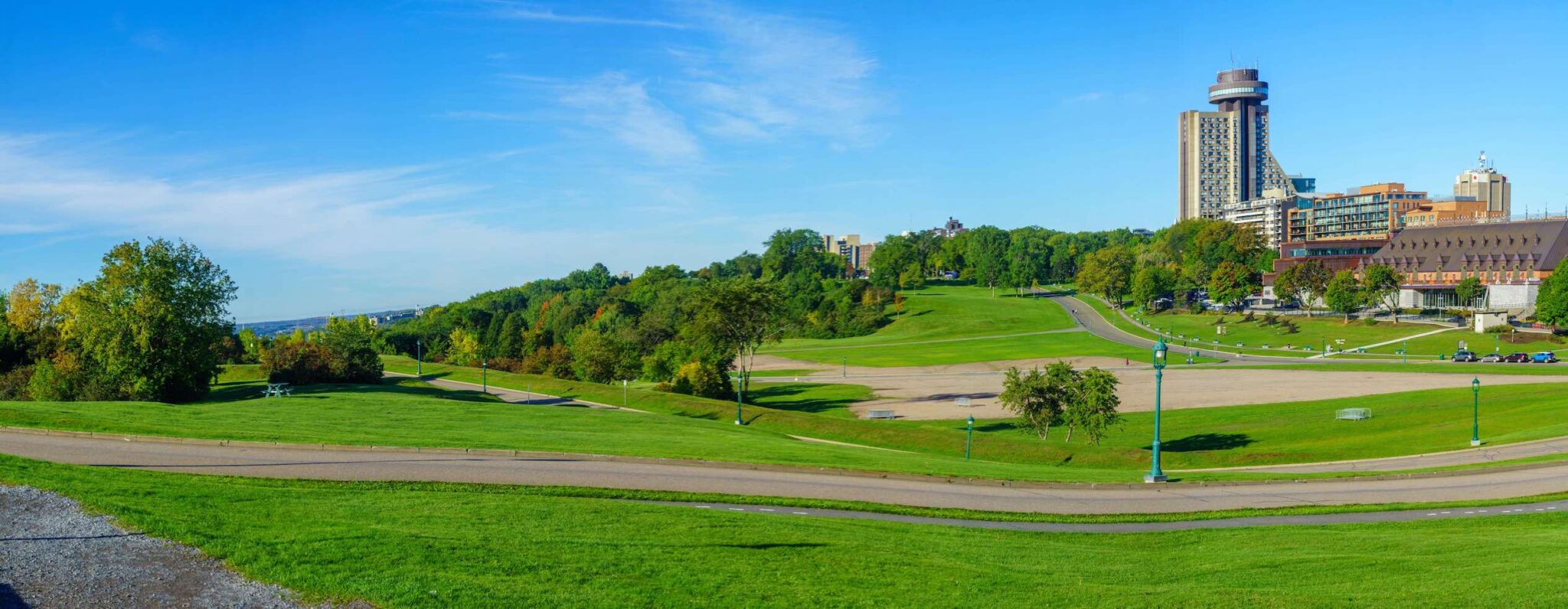
The Cartier-Brébeuf National Historic Site
The site commemorates Jacques Cartier, the first European explorer of Lower Canada, and the Iroquois warriors who helped the struggling Europeans through the brutal winter of 1535.
The Aquarium de Québec
This is enormous and more than an aquarium. It contains, as well as aquatic wildlife, an Arctic section, complete with polar bears and walruses.
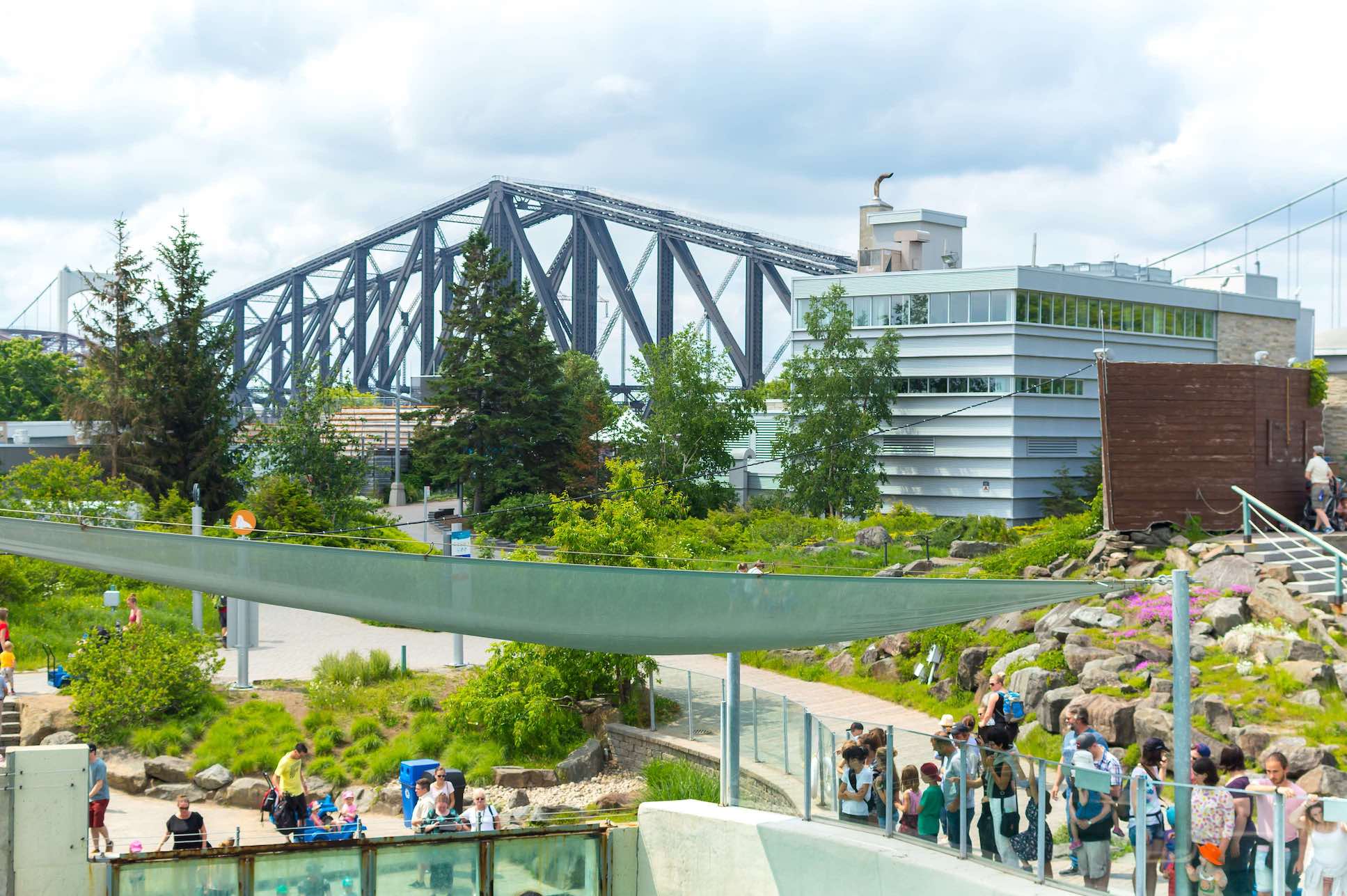
Wendake
This Huron Aboriginal reserve, enclosed in the Loretteville area of Quebec City, contains the reconstruction of a Huron village and the nearby Huron-Wendat Museum. Wendake is the headquarters of the Huron Nation, and of its traditional land, Nionwentsïo.
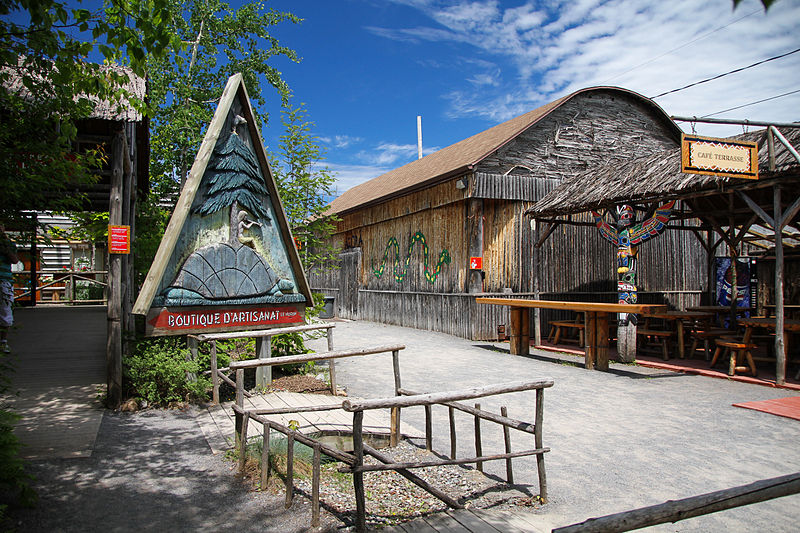
Ile d’Orléans
This island on the St Lawrence, one of the first rural settlements of New France, is day trip from Quebec City. It’s also an eco-tourism paradise and home to 7000 permanent inhabitants – farmers, artists and artisans. Enjoy its bucolic atmosphere, discover its old-world farmhouses and sample its excellent farm produce. The island is an ideal place to cycle, and you can hire bicycles. From December to March, it’s a winter wonderland, with sledge rides, cross-country skiing, and ice skating.
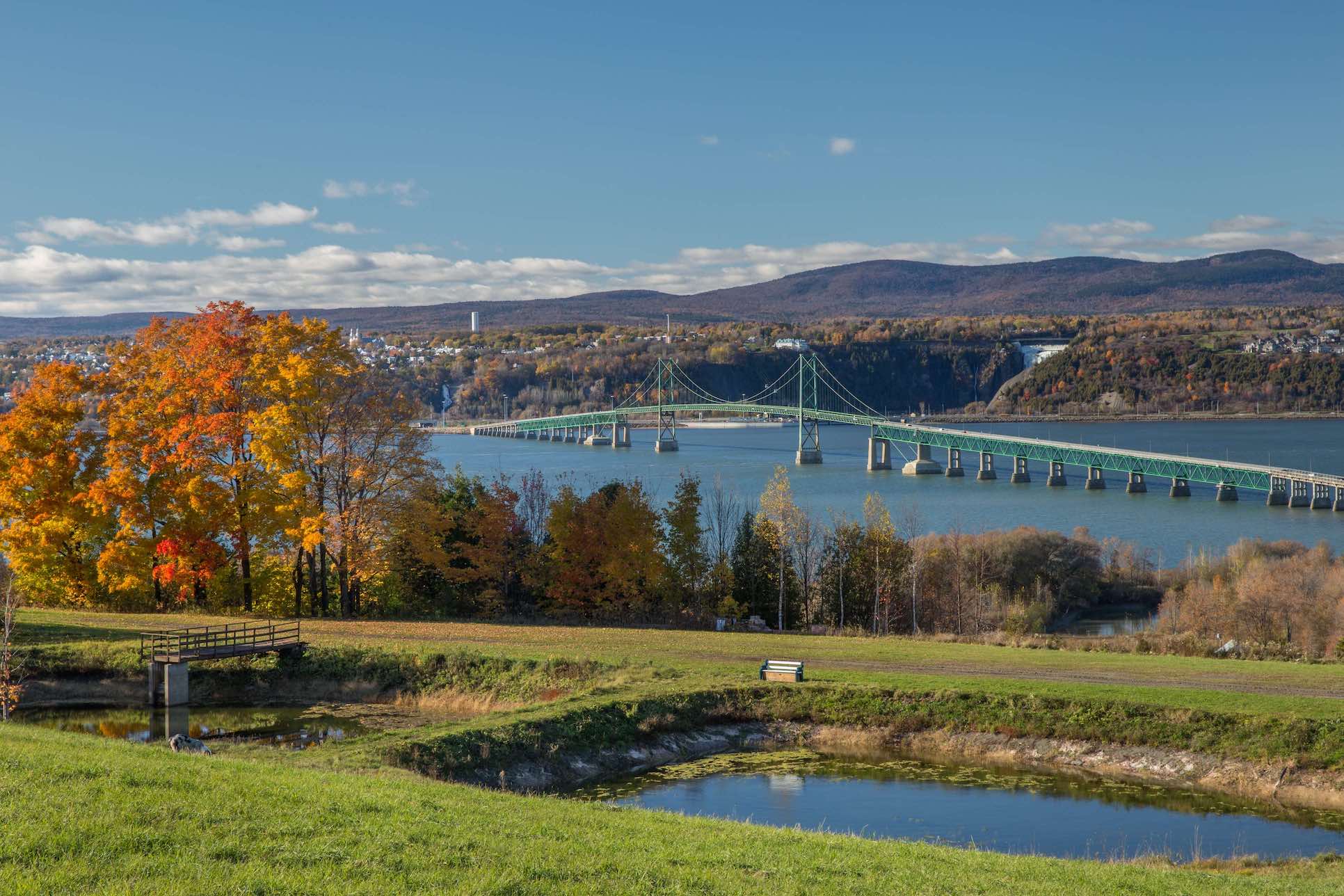
Self-drive itinerary
Quebec is easy to reach from Montreal – a three-hour drive up the St Lawrence on Autoroute 20. It’s a little longer from next-door New England, but close enough for a long weekend if you fancy a dose of North American French culture. It’s possible to visit Quebec City in a day, but it’s worth spending longer to explore its winding streets, its restaurants and bars and its friendly night-life.
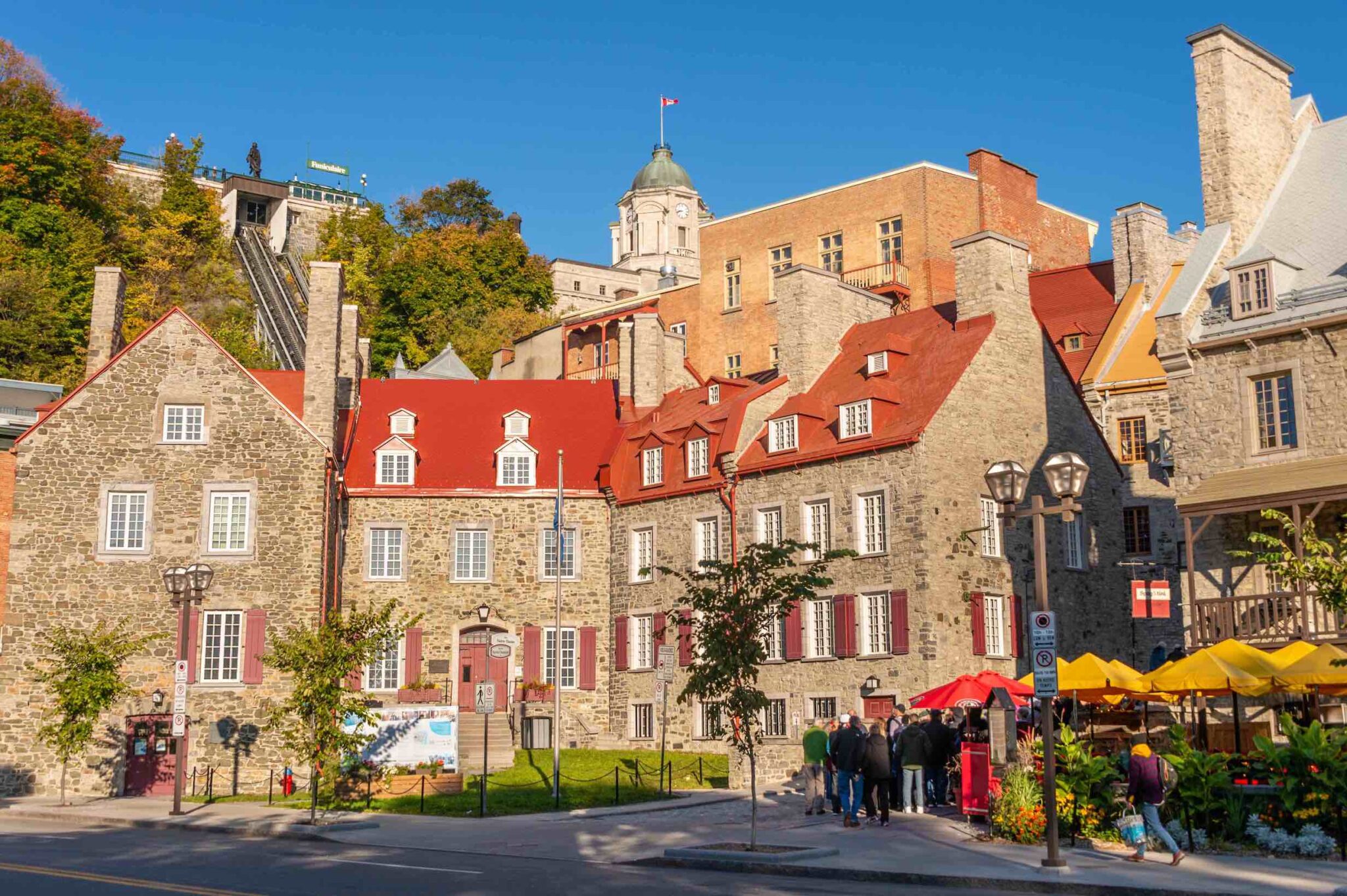

Sally Jo Anne Murphy
Pontefract, West Yorkshire
All My Holidays
07967640919
sally@allmyholidays.com
Specialist Area:
Spa & Wellness, Weddings and Honeymoon, Touring, Self Drive, Safari, Romantic, Luxury
View ProfileRelated Articles
Related News
Related Offers
SIGN UP FOR OUR MAILING LIST
Enter your email address and receive daily or weekly updates with the latest articles, news and videos.Copyright © 2021 Experienced Travellers Ltd. Experienced Travellers Ltd is not responsible for the content of external sites. Read about our approach external linking.


